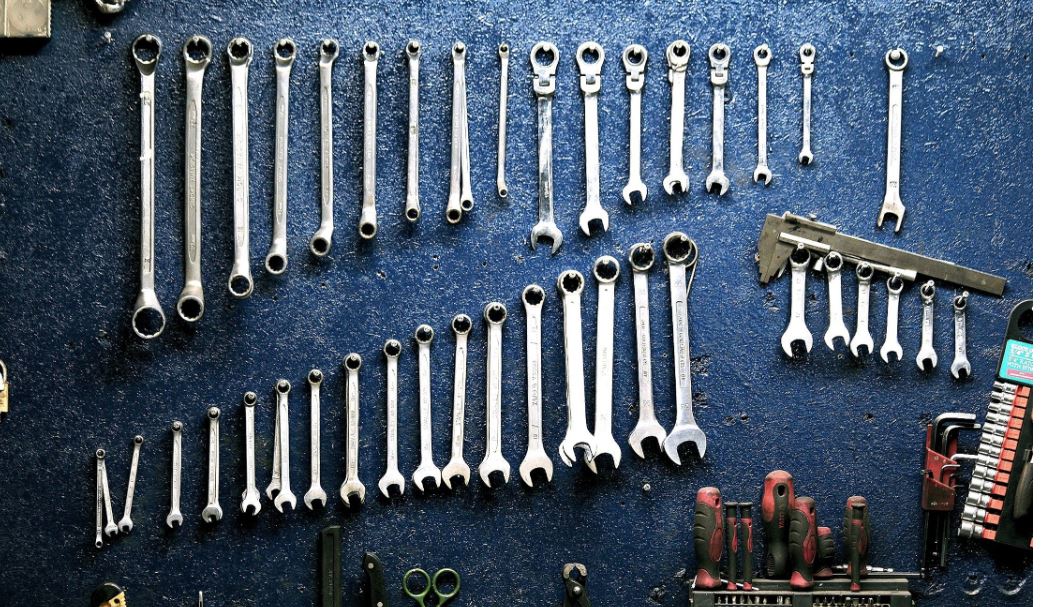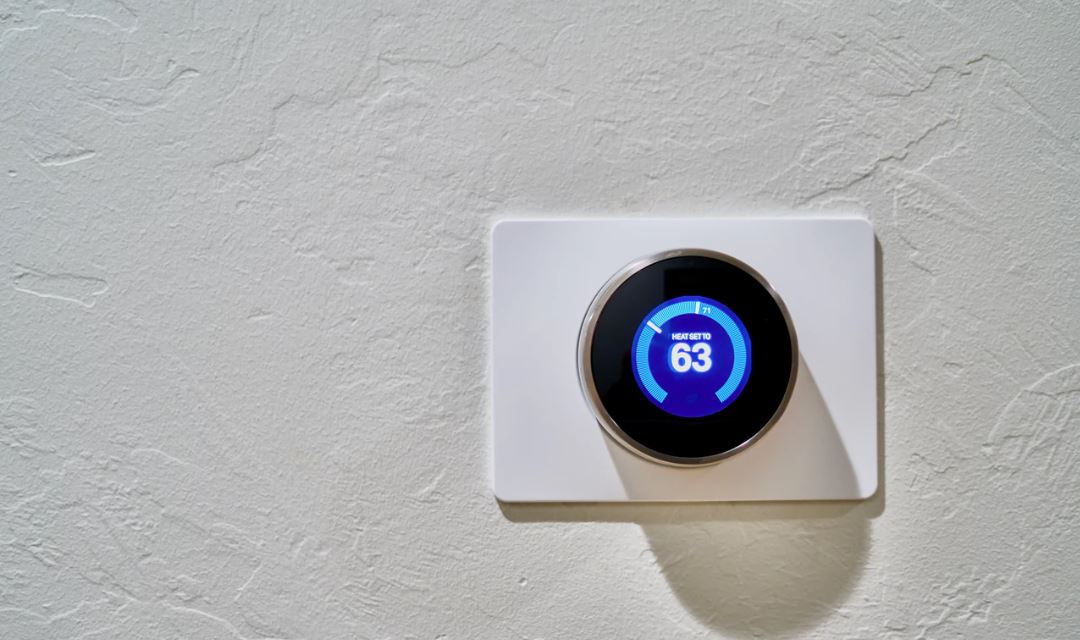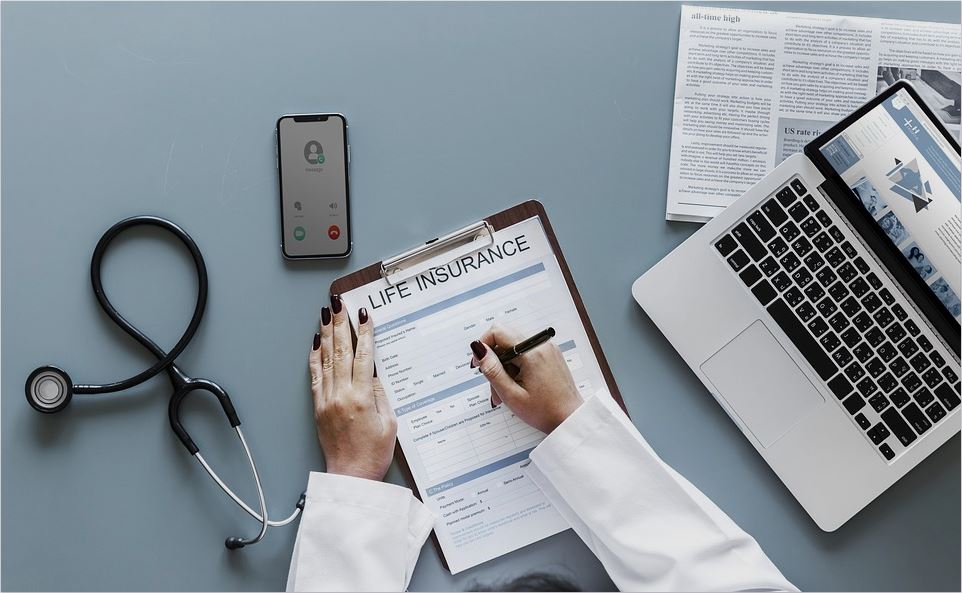Whether you are looking for your first car or planning to buy a new car altogether, one option that should never be overlooked is buying used. Buying a used vehicle comes with a long list of perks, the biggest perk being that you will undoubtedly spend less money then if you were to purchase a brand new car. However, one must be careful in choosing a used car as some used cars may not be up to par. By following this list of helpful hints and tips on how to buy a used car in UK, you can easily find car that works for you and your budget.
Before beginning your hunt for the perfect used car, you must first figure out your budget. If you already own a car, you need to decide whether you will be trading in your vehicle for another car or selling it and using the money for your next purchase. Calculate how much money you receive from trading or selling it and add it to the finances you have set aside for your next car. If this is your first car, figure out how much money you have to spend upfront and how much you are capable of spending each and every month for payments.
Once your budget has been researched thoroughly and you have figured out how much you are capable of spending, you can decide which vehicle is right for you. There are plenty of options, and you need to ask yourself a few simple questions. What will your car be used for? How many passengers will typically be using your car? What type of style do you want? What is your demands when it comes to miles per gallon? Once you have cyphered through these questions you can begin the process of finding the right car for you, whether you have come to the conclusion of a two door sports car or a full sized minivan.
Once your price range and type of car has been decided, the hard part comes into play- inspecting the vehicle at the dealership. When it comes to inspecting a used vehicle, you need to be incredibly careful as some of these car dealerships will try and sell you a less than fully functional vehicle. First and foremost you should obtain a car history report to find out if the car in question has any outstanding finances, if it is stolen, or if it has been written off. Examine all of the documents inside of the car, including the logbook, service his, and MOT certificates. Make sure you check for the car’s vVehicle Identification Number, or VIN. This will be located at the base of the windscreen. Te VIN should also match the VIN found inside of the logbook.
After examining those aspects of the vehicle in question, take a look at the overall car and inspect it thoroughly for any signs of rust or paint damages. Check all of the features on the inside and outside of the car, from the windows to the tires. After you have checked the car over thoroughly and have looked at all the essential documents pertaining to the car, you will need to move on to the final step- the test drive.
During the test drive you will need to pay attention to two aspects: how the car feels and how you enjoy riding the car. If there is any noticeable clinks or banging while driving the car, there is probably something wrong with it; and if you simply don’t like the feel of the drive, then it is not the car for you. Drive the car for at least fifteen minutes and take it onto different parts of road to see how it handles. Check all of the aspects of the car, from how the engine starts up to how the brakes and gears work. If everything is in working order and the car feels good underneath your feet, you may just have found the perfect car. Sign the necessary paperwork and get ready to head out into the world with your new car.
William McCarthy is a practising Barrister in England and Wales specialising in driving offence cases. He writes regularly in relation to cars, driving, car insurance and driving offences
Tips On How To Buy A Used Car In UK





